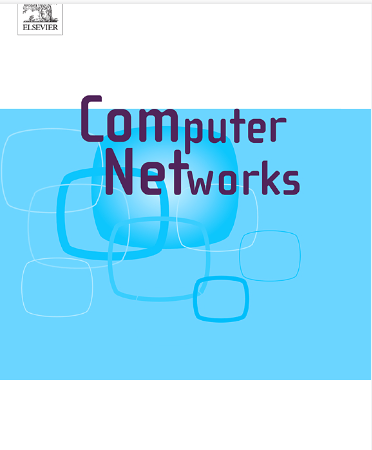The Scalable Octagonal-Cross-By-Pass-Torus topology for the on-chip-communication
IF 4.4
2区 计算机科学
Q1 COMPUTER SCIENCE, HARDWARE & ARCHITECTURE
引用次数: 0
Abstract
This research presents the Scalable Octagonal-Cross-By-Pass-Torus (Octa-CBP-Torus) network topology design for Network-on-chip communication. Recently, we presented the Octagonal-Cross-By-Pass-Mesh (Octa-CBP-Mesh), CBP-Mesh, and CBP-Torus topologies, which outclassed its modified 2-Diamesinoal-mesh competitors. The effectiveness of the cross-by-pass (CBP) links in the CBP-Mesh and CBP-Torus designs played a pivotal role in enhancing the capabilities of the network characteristics and the overall performance of the topologies. Furthermore, with the addition of CBP-Links in the CBP-Mesh design, we presented the Octa-CBP-Mesh network which is improved from its predecessor and its competitors’ topologies. This study presents the Torus version of the Octa-CBP-Mesh design network topology. The addition of Torus-Links in the proposed Octa-CBP-Torus design reduces network diameter and improves the other network parameters as the increases the bisection-width, path diversity, and tolerance and reduces average numbers of hops from its competitor topologies. The syntactic and embedded application traffic traces were applied to the proposed Octa-CBP-Torus and compared with its competitor topologies. The simulation results showed that the Octa-CBP-Torus is better and outclasses the performance in network latency, and throughput, and slightly increased in network energy and power consumption than its competitor.
求助全文
约1分钟内获得全文
求助全文
来源期刊

Computer Networks
工程技术-电信学
CiteScore
10.80
自引率
3.60%
发文量
434
审稿时长
8.6 months
期刊介绍:
Computer Networks is an international, archival journal providing a publication vehicle for complete coverage of all topics of interest to those involved in the computer communications networking area. The audience includes researchers, managers and operators of networks as well as designers and implementors. The Editorial Board will consider any material for publication that is of interest to those groups.
 求助内容:
求助内容: 应助结果提醒方式:
应助结果提醒方式:


